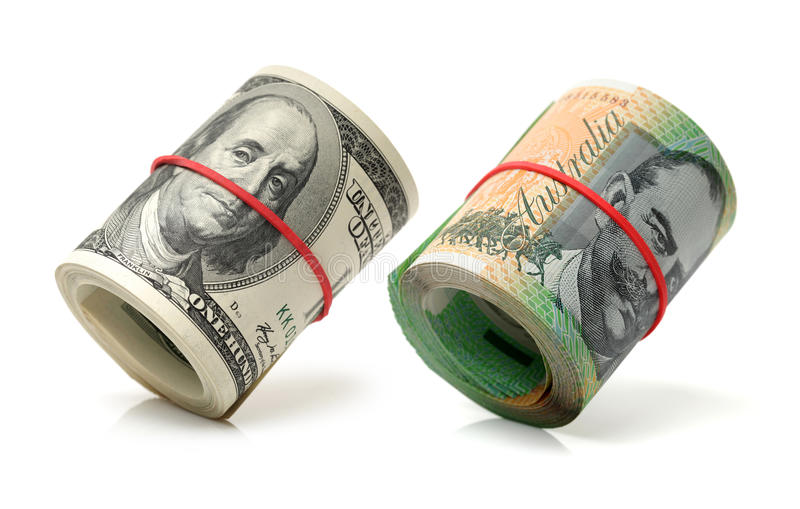Australian dollar gains momentum on higher National Australia Bank Business Confidence.
The Australian Dollar (AUD) edged higher on Tuesday after losing ground the previous session. The higher National Australia Bank Business Confidence may have helped to underpin the Australian Dollar. Furthermore, the Australian Dollar may benefit from the increased performance of Australia’s stock market. However, the US Dollar (USD) managed to gain despite lower US Treasury yields, resulting in some Pressure on the AUDUSD pair.
National Australia Bank’s Business Confidence rose to -1 in December from -9 the previous month.
Australia’s currency is under pressure due to speculation about possible early interest rate cuts by the Reserve Bank of Australia (RBA). This speculation is fueled by recent indications such as low Australian consumer confidence and employment change figures. Which add to fears about the economy’s outlook.
The Chair of Australia’s sovereign wealth fund, Peter Costello, stated that inflation in Australia is showing early signs of reduction. However, Costello adds that there is still a long way to go to bring prices back inside the RBA’s goal zone. While inflation has slowed since its peak, it remains well outside the goal range of 2.0% to 3.0%.
Due to the heightened geopolitical scenario, the US dollar has a favorable bias on risk aversion.
The US Dollar Index (DXY) remains stable after recent increases. The US Dollar is determined by buying demand. Risk aversion sentiment, which is most likely linked to the Middle East’s tense geopolitical environment. Military activities by the United States (US) and the United Kingdom (UK). Including a new wave of air strikes in Yemen against Iran-led Houthi terrorists, have contributed to an environment in which investors seek refuge in the safe-haven US dollar.
The Leading Economic Index for December improved somewhat, from -0.5% in November to -0.1% in December, according to the US Conference Board. This exceeded the expected improvement of -0.3%. Looking ahead, Tuesday is scheduled to see the release of the Richmond Fed Manufacturing Index for January.
Daily Market Movers: Australian Dollar confronts poor sentiment due to risk aversion.
National Australia Bank’s Business Conditions inched down. to a value of 7 in December, down from 9 previously.
National Australia Bank’s Business Confidence rose to -1 from -9.
In January, Australia’s consumer inflation expectations stayed at 4.5%.
The People’s Bank of China maintains a constant Loan Prime Rate (LPR) for both one and five years. The rate has remained at 3.45% for one year and 4.20% for five years.
On Friday, San Francisco Fed President Mary Daly stated that the central bank still has a lot of work to do to get inflation back down to the 2.0% objective. She underlined that it is premature to view interest rate decreases as an immediate response.
Atlanta Fed President Raphael Bostic repeated his position on forecasts of rate decreases.
Atlanta Fed President Raphael Bostic repeated his position on forecasts of rate decreases. advance of the Fed entering the “blackout” period before its next rate meeting on January 31. Bostic underscored his willingness to change his opinion on the timing of rate decreases and stated that the Fed remained data-dependent.
The preliminary US Michigan Consumer Sentiment Index increased to 78.8 in January from 69.7 the previous month, surpassing the projected result of 70.
US Existing Home Sales Change (MoM) fell by 1.0% in December, following a 0.8% increase the prior month.
US Housing Starts (MoM) exceeded forecasts in December. Reaching 1.46 million over the expected 1.426 million.









